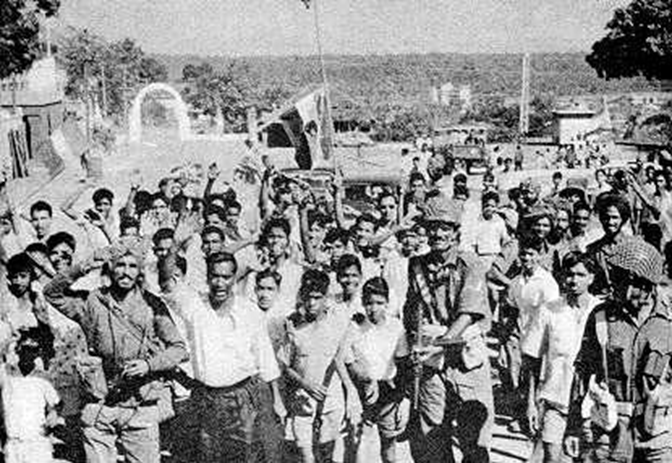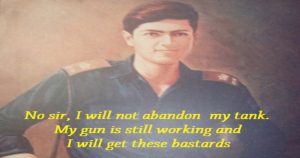
7 Stories of Indian Army That Make You Proud !!
The Indian Army with so many stories proved the courage of the brave soldiers, we as citizens should salute and respect them. Far from their homes and loved ones, in the cold winds of frosty Siachen or the heat waves of hot Rajasthan or the hilly terrain of Arunachal, are soldiers on guard to protect our Republic while you are in your cozy home.
In this article there are some stories about the Indian Army as listing every discovery might be a very big task.
1.The War of 1967 (Nathu-La Incident):
Nathu La is a mountain pass in the Himalayas. It connects the Indian state of Sikkim with China’s Tibet Autonomous Region. Nathu La is one of the two open trading border posts between China and India. Since border tactics was a common thing that the Chinese Army used to provoke India, the Indian Army decided to do fencing at the border.
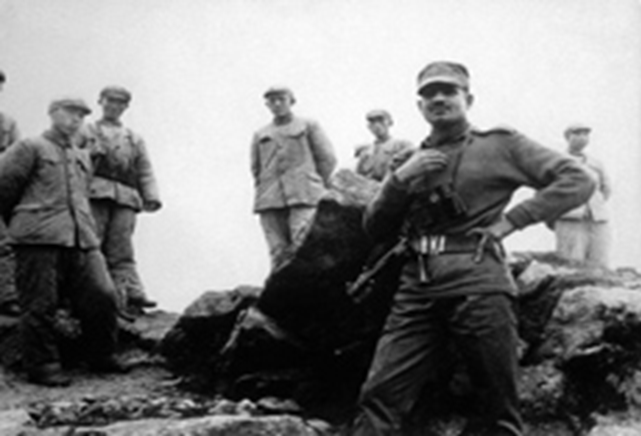
As soon as the fencing work commenced, the Chinese Commissioner came to the Indian side and asked them to stop the work. But, our troops continued. And just a few minutes later, Chinese troops indulged in murderous medium-machine-gun (MMG) fire. Contemplating China’s aggression, Indian side opened fire too. The effective firing resulted in the damage of Chinese bunkers and the death toll was over 400, resulting in China’s defeat. Two brave officers – Capt. Dagar and Major Harbhajan Singh died a valiant death.
The Cho La incident (1 – 10 October 1967): Just 15 days later Nathu La incident Chinese planned an unprecedented attack again at Cho La pass. The end of the battle saw the Chinese Army forced to leave Sikkim after being defeated by Indian troops. During the Cho La and Nathu La incidents, Indian losses were 88 killed in action and 163 wounded, while Chinese casualties were 340 killed in action and 450 wounded.
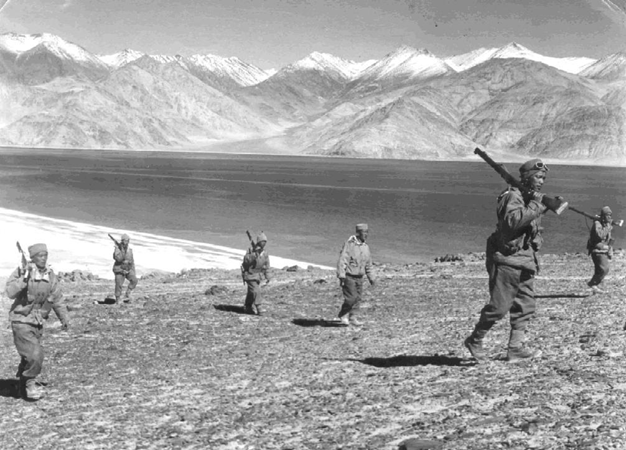
2.Captain Manoj Kumar Pandey’s bravery led to India’s victory During Kargil war:
Captain Manoj Pandey, passed out from National Defence Academy in the 90th course and stayed in MIKE squadron. During his Services Selection Board (SSB) interview, the interviewer asked him, “Why do you want to join the Army?” He immediately replied, “I want to win the Param Vir Chakra.” True to his words, Captain Manoj Kumar Pandey did win the country’s highest gallantry honour but after death.
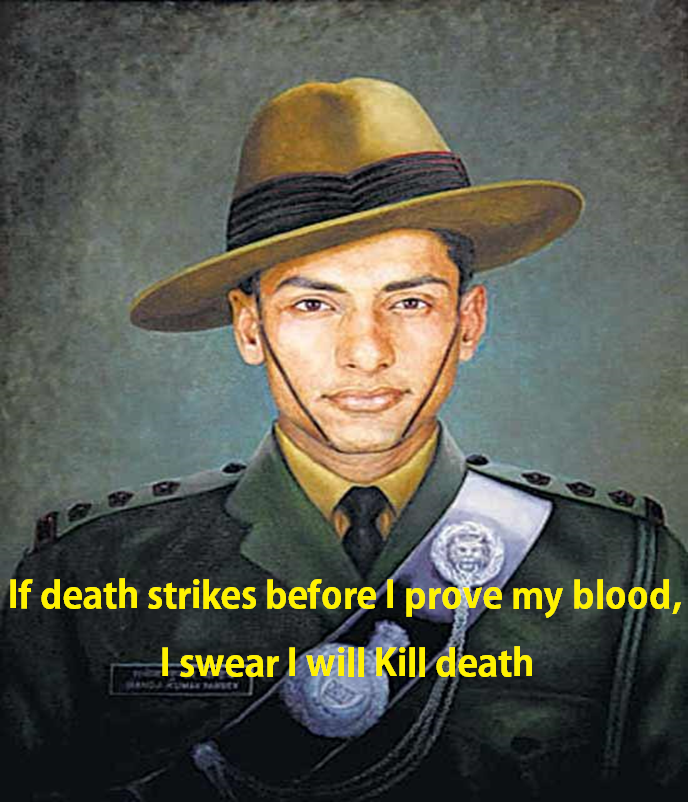
During the 1999 Kargil war, he led his troop to capture the Jubar top. During this, Pakistan continued to fire on his men. Demonstrating an act of bravery, he went ahead of his troop and fired a lot of bullets. He was wounded by bullets on the leg and shoulder.
Captain Manoj Kumar Pandey took part in a series of boldly led attacks during Operation Vijay. He was asked to clear the enemy positions amidst heavy shooting. Fearlessly assaulting the first enemy position, he killed two enemy personnel and destroyed the second position by killing two more. He was injured on the shoulder and legs while clearing the third position. Undaunted and without caring for his grievous injuries, he continued to lead the assault on the fourth position urging his men and destroyed the same with a grenade, even as he got a fatal burst on his forehead. His last words were “Na chhodnu” (“Don’t Spare Them” in the Nepali language). This daredevil act and motivation led to the capture of Khalubar.
3. “Sher Shah” Captain Vikram Batra:
Captain Vikram Batra, PVC was an officer of the Indian Army, posthumously awarded the Param Vir Chakra, India’s highest and prestigious award for valour, for his actions during the 1999 Kargil War in Kashmir between India and Pakistan. He led one of the toughest operations in mountain warfare in Indian history. He was often called as ‘Sher Shah’ in the intercepted messages of the Pakistan army.
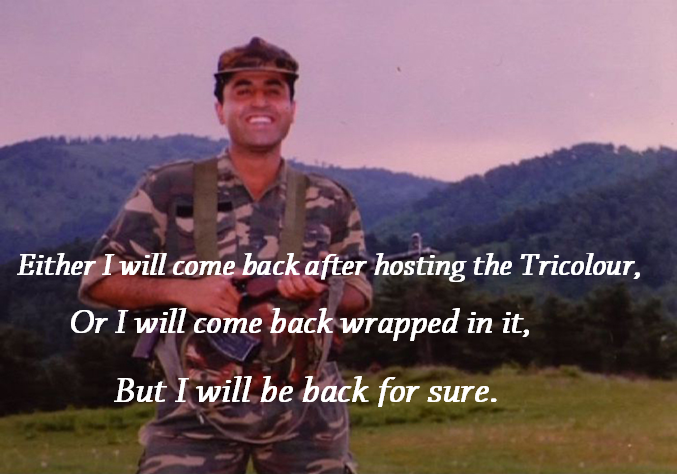
He celebrated the capture of Point 5140, at an altitude of 17,000 feet, which was under the illegal possession of the Pakistani soldiers. Despite being fired at by heavy machine guns, Captain Batra and his men managed to destroy 2 machine gun posts. He single-handedly killed three enemy soldiers in close combat.
on 7th July 1999, he commanded a mission to rescue an injured officer during a Pakistani counterattack against Point 4875. During the rescue attempt, he pushed aside his Subedar, saying “Tu baal-bacchedar hai, hat ja peeche.”(You have children, step aside) and was killed in action while clearing enemy positions. His last words were, “Jai Mata Di.”, which is a Punjabi creed referring to Durgadevi, the Hindu Goddess of Victory.
4. Liberation of Goa by Indian forces, and the Fall of Portuguese India:
When India became independent from British Empire in 1947, Goa remained under Portuguese control. The Indian annexation of Portuguese India was an action by the Indian Armed Forces that ended the rule of Portugal in its exclaves in India in 1961. The armed action, codenamed Operation Vijay by the Indian government, involved air, sea and land strikes for over 36 hours, and was a decisive victory for India, ending 451 years of Portuguese overseas provincial governance in Goa.
5.This 2nd Lieutenant single-handedly destroyed numerous Pakistani tanks and troops, denying Pakistan to enter Indian soil:
During the 1971 Indo-Pak war, 2nd Lt. Arun Khetarpal’s 17 Poona Horse was ordered to construct a bridge across Basantar river so that the soldiers could crack the enemy mine field. But half way through, the enemy raided the bridge. The sufficiently armored Pakistan regiment attacked the Indian troops, which were outnumbered, the Commander of the squadron requested assistance from 2nd Lt. Khetarpal, who was close to the battle-field.
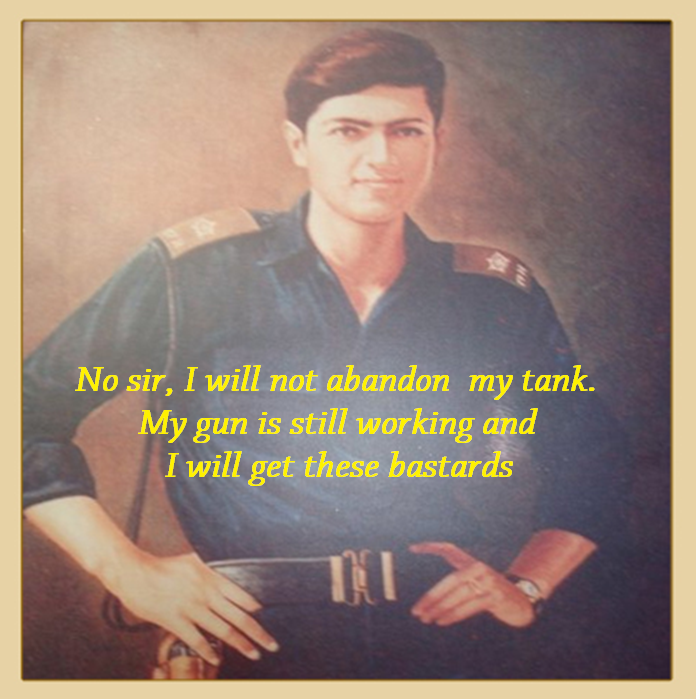
Meanwhile, Pakistan blew India’s second tank. Arun Khetrapal single-handedly destroyed 4 tanks of Pakistan. In return, Pakistan wrecked the other two tanks, one of which was Arun Khetrapal’s. He didn’t accept defeat and continued to fight even in his flaming tank. The commander of his troop ordered to abandon his tank, but Khetrapal replied: “No Sir. I’m not going to abandon my tank. My gun is working and I’ll get these bastards.”
And because of this gallant soldier, Pakistan couldn’t enter the Indian soil.
6. Lieutenant Navdeep Singh Showed invincible spirit while fighting the terrorists and making an ultimate sacrifice for the nation:
Lieutenant Navdeep Singh was Ghatak Platoon Commander of 15 Maratha Light Infantry deployed in the High Altitude Area near the Line of Control. On receiving information about the infiltration of a group of terrorists at about 0030 hours on 20 August 2011, the officer gauged the likely route of the terrorists and laid an ambush at the appropriate spot. When the terrorists were spotted, the ambush was sprung by the officer himself. An exchange of intense fire ensued.
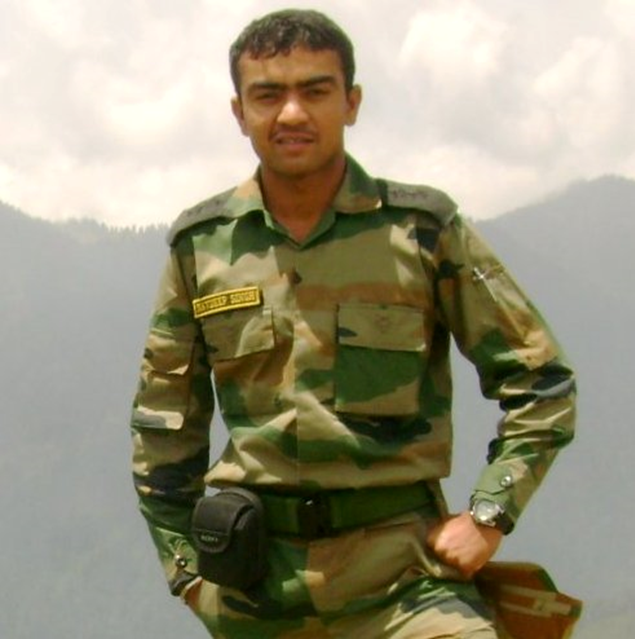
Leading from the front, the officer eliminated three terrorists at close range. On seeing another terrorist approaching their position, with utter disregard to his personal safety, the officer swiftly changed his firing position. While doing so, he got hit by a bullet on his head. He nevertheless managed to eliminate the fourth terrorist. Further, displaying utmost bravery and comradeship, he pulled an injured fellow soldier to safety and kept firing till he became unconscious due to excessive blood loss.
He has posthumously conferred the highest peacetime gallantry award of India, the ‘Ashoka Chakra’ by President of India on the 63rd Republic Day.
Check: Indian Army’s ‘Future Soldier Program’ Will Make Our Soldiers The Most Feared On The Planet
7. Yogendra Singh Yadav awarded the Param Vir Chakra “posthumously” but he managed to receive it himself:
Subedar Yogendra Singh Yadav PVC is a soldier and a Junior Commissioned Officer (JCO) of the Indian army. He was awarded the highest military honour in India, Param Vir Chakra, for his 4 July 1999 action during the Kargil War. Aged 19 when he received the decoration, he is recorded as the youngest person to ever be awarded the Param Vir Chakra.

Yadav, enlisted with 18 Grenadiers, was part of the commando platoon ‘Ghatak’, tasked to capture three strategic bunkers on Tiger Hill in the early morning hours of 4 July 1999. The bunkers were situated at the top of a vertical, snow-covered, 16,500-foot high cliff face. Yadav, volunteering to lead the assault, climbed the cliff face and installed ropes that would allow further assaults on the feature. Halfway up, an enemy bunker opened up a machine gun and rocket fire, killing the platoon commander and two others.
In spite of having been hit by three bullets in his groin and shoulder, Yadav climbed the remaining 60 feet and reached the top. Though severely injured, he crawled to the first bunker and lobbed a grenade, killing four Pakistani soldiers and neutralizing enemy fire.
After a broken leg, a shattered arm and almost 15 bullet wounds, Sudebar Singh was taken to the hospital where it was assumed that he may become a martyr. Param Vir Chakra was announced for his invincible spirit, determination and action beyond the call of the duty, posthumously, but it was found that he was recovering in the hospital and this 19-year-old was awarded the P.V.C. by the then, President K. R. Narayanan.
Also Read: Story Of The Ghost Of Baba Harbhajan Singh Who Served As An Indian Army Soldier
However, their acts of bravery cannot be limited to this article, but we have to salute Indian Army for the selfless and brave job they do every day and every night of protecting our freedom, our Republic.
